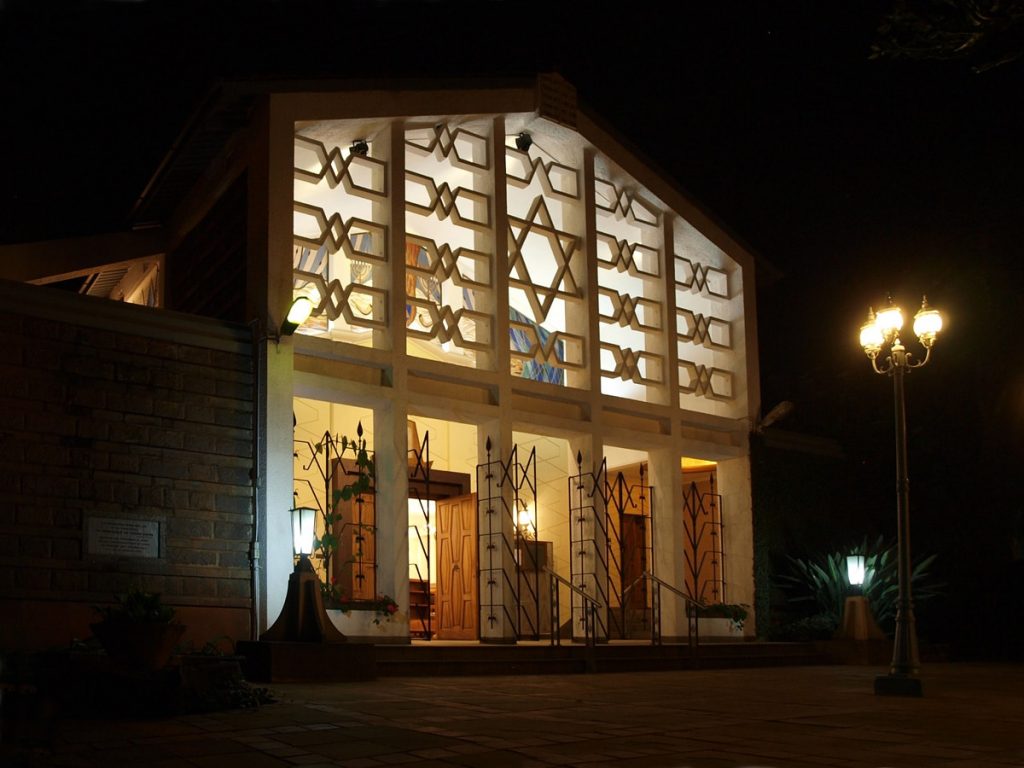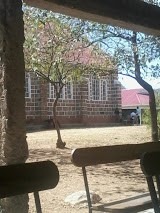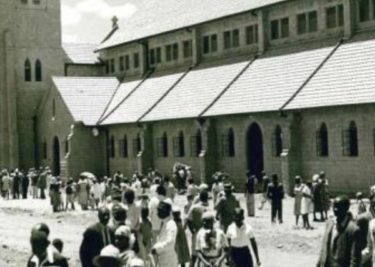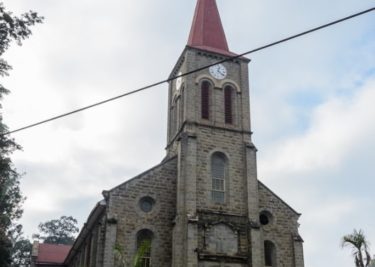The Nairobi Synagogue, Nairobi
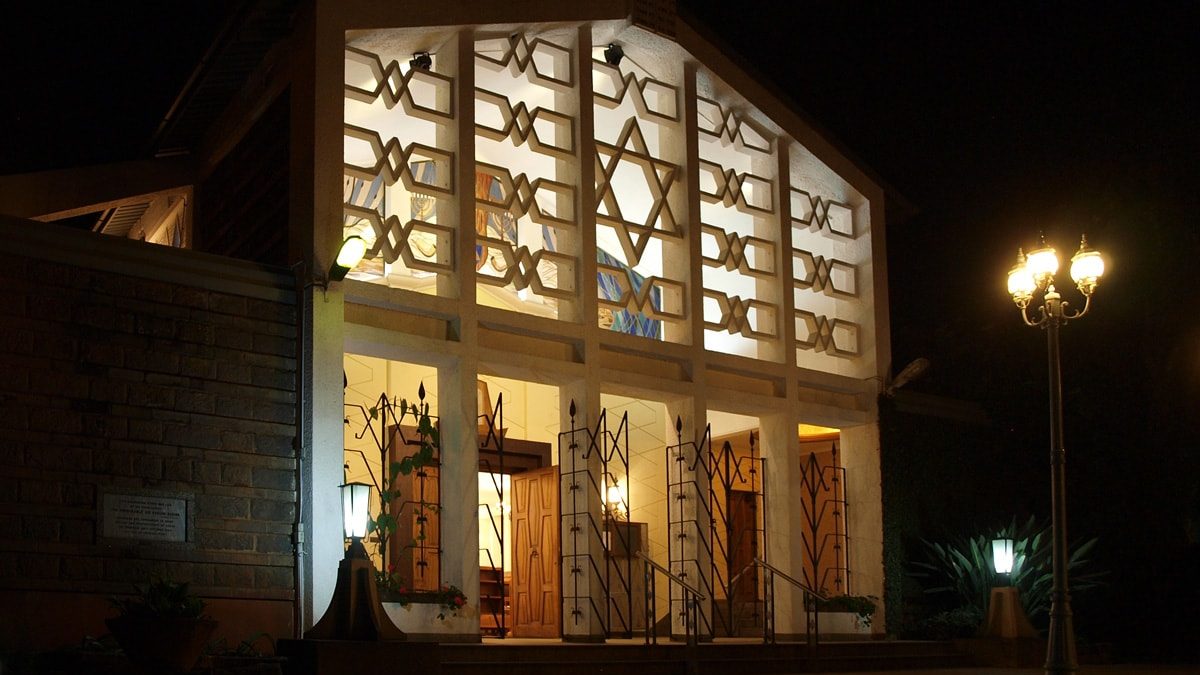
The current Nairobi Synagogue, as designed by Imre Rosza
-
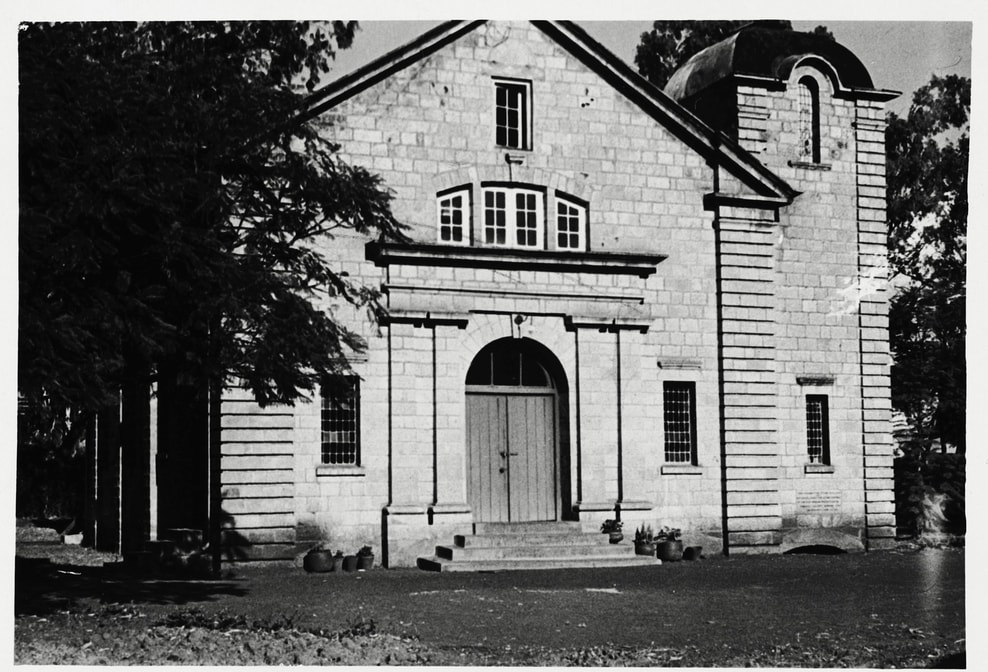
An image of the initial construction of the Nairobi synagogue before it was demolished in favor of a more spacious version.
The Nairobi Hebrew Congregation
The Nairobi Synagogue traces its humble beginnings to the end of the 19th century, when East Africa had risen as an attraction for traders, businessmen and travelers visiting this side of the continent. The Kenyan Jewish community’s routes date back to 1899, when Jewish businessman — J. Marcus — arrived in the country from India.
Trekking new lands, possibly after much consideration and research, his intention became evident upon arrival – to establish an export business for produce and profit. Marcus’s arrival was heralded and tales of his endeavor spread across continents (especially among Jews).
By 1903, Jews from Yemen had found their way into Kenya. They settled in the swampy and sparsely populated place of cool waters that would soon be Nairobi. The following year, this small group founded The Nairobi Hebrew Congregation – a body that would spearhead religious affiliations for the Jews. The formation of this committee spread fast and soon Jewish immigrants found themselves fleeing to Kenya in attempts to escape persecutions they were facing in various parts of the world. The community grew, and it became evident that a place of worship was only mandatory.
God’s Corner
By the beginning of 1912, a location had been set aside at the corner of Kings Way and Kirk Road. Robertson, Gow and Davidson – a British architectural firm in Nairobi – orchestrated the development of East Africa’s first synagogue. The building had a unique structure, standing out on the booming street it was situated along.
Having an established place of worship invited other Jews to settle in Kenya and more found solace in our thriving capital. By the fifties, Nairobi Jews had exceeded the capacity the synagogue could accommodate and thus came the need to expand the building. The first synagogue was demolished and a larger, modern design was erected where it had stood. The design was undertaken by Hungarian-born, Jewish architect — Imre Rosza.
Interestingly, during this time, more churches in the area were sprouting – like St. Paul’s Catholic Church, St. Andrew’s Church, The Lutheran Church and All Saints Cathedral within the synagogue’s vicinity. The presence of these religious establishments gave rise to a nickname for the area, God’s Corner.
Today, as you drive along University Way, the Nairobi Synagogue still stands; a beguiling mixture of ancient and modern, quiet and fenced – in an otherwise bustling area. Members of the public can find out how to visit the synagogue here.

